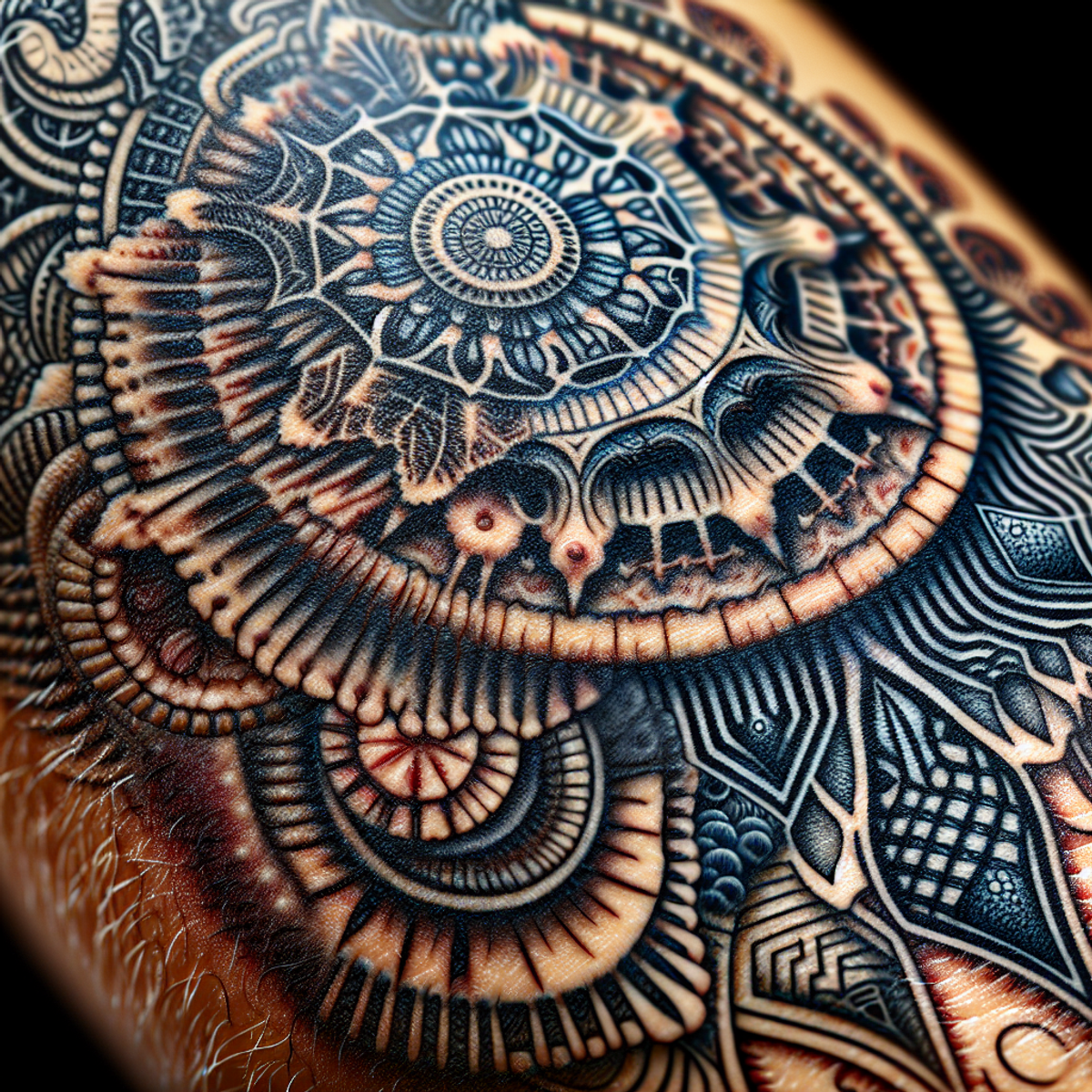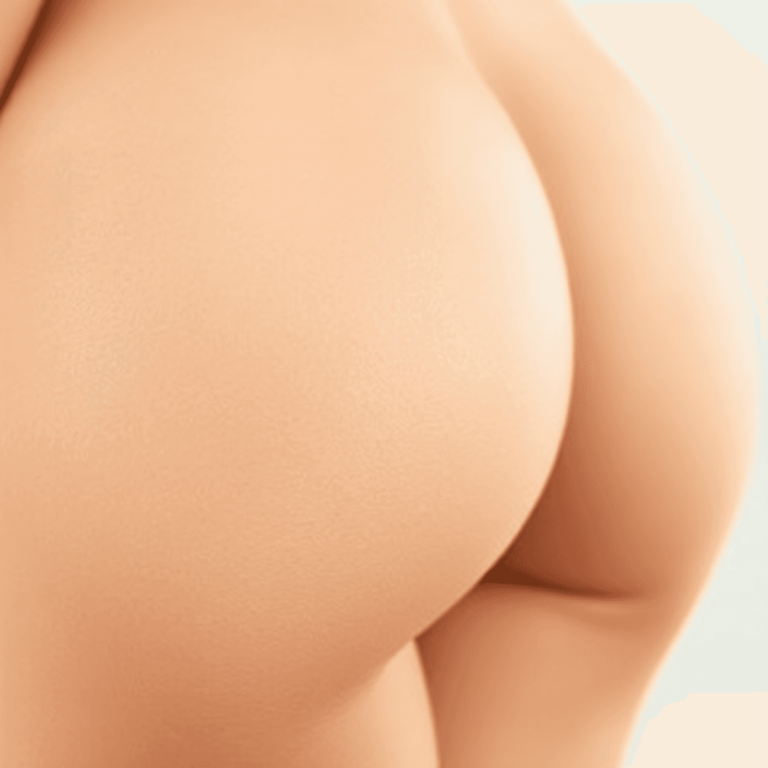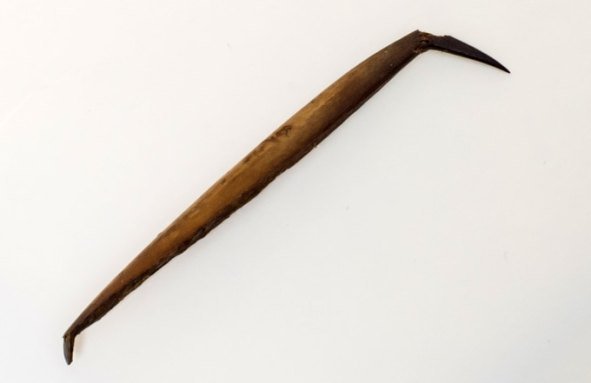Cover-up tattoos: When scars become works of art

Introduction
Cover-up tattoos involve using tattoos to cover scars, transforming them into beautiful and meaningful works of art. This process requires attention to detail, creativity, and collaboration between the individual and the tattoo artist.
Key takeaway: Cover-up tattoos not only provide a physical transformation but also offer emotional healing and empowerment. They allow individuals to reclaim their bodies and embrace their scars as part of their personal narrative.
This article will explore the concept of cover-up tattoos, discussing the reasons why people choose to get them and how they can transform scars into works of art. It will delve into the process of getting a cover-up tattoo, including key stages and considerations for both individuals and tattoo artists. The article will also address techniques and approaches for overcoming challenges in covering scars, as well as the emotional journey individuals embark on when getting a cover-up tattoo. Additionally, it will provide guidance on finding the right artist for a cover-up tattoo and effectively communicating ideas during the design process.
Cover-up tattoos are about more than just hiding scars – they are about embracing personal journeys of healing and transforming something that once caused pain into a beautiful expression of self. In the following sections, we will delve deeper into understanding cover-up tattoos, exploring the process involved, discussing techniques for overcoming challenges, and sharing inspiring stories of individuals who have turned their scars into meaningful works of art.
Understanding Cover-Up Tattoos
Cover-up tattoos are a form of body art that involves using ink to conceal and transform scars, turning them into beautiful works of art. This process goes beyond mere aesthetic enhancement, as it holds the power to deeply impact an individual’s emotional well-being and self-confidence.
Definition and Concept of Cover-Up Tattoos
A cover-up tattoo refers to the use of skilled tattooing techniques to creatively incorporate a design that effectively hides or minimizes the appearance of scars. It involves strategically blending the scar tissue into the overall design, resulting in a visually appealing piece of art that celebrates resilience and healing.
Reasons Why Individuals Choose to Get Cover-Up Tattoos
Many individuals opt for cover-up tattoos as a means of reclaiming ownership of their bodies and transforming painful reminders into symbols of strength and beauty. The process can also serve as a form of closure, allowing individuals to move forward from traumatic experiences and embrace a new chapter in their lives.
How Cover-Up Tattoos Can Transform Scars into Works of Art
Beyond concealing physical scars, cover-up tattoos hold the potential to emotionally and psychologically transform an individual’s relationship with their body. By collaborating with skilled tattoo artists, individuals can turn their scars into meaningful, personalized artworks that symbolize growth, resilience, and self-empowerment.
The journey of getting a cover-up tattoo is not merely about hiding scars; it is about embracing the process of healing and transformation through the medium of transformative ink.
The Process of Getting a Cover-Up Tattoo
When you decide to transform your scars into beautiful cover-up tattoos, it’s important to know the steps involved in the process. Here’s how it works:
1. Consultation
The first step is to have a detailed discussion with the tattoo artist. They will carefully examine your scar tissue and talk to you about what you want from the cover-up tattoo. This consultation is similar to the process of finding a job as a permanent make-up artist, where both parties need to understand each other’s expectations.
2. Design Considerations
Choosing the right design for a cover-up tattoo requires thinking about the texture and shape of your scar. Organic designs like flowers or vines can flow nicely with the scar tissue, while geometric patterns can create an interesting contrast. These considerations are similar to those taken into account when using tattoo ink over keloid scars, where artists must select appropriate designs that work well with the unique characteristics of such scars.
3. Ink Selection and Color Theory
Using the correct colors and shades of ink is crucial for effectively covering up scars with tattoos. Skilled tattoo artists know how to use color theory and shading techniques to make scars less noticeable while creating visually stunning artwork. This process is similar to the considerations made when performing top surgery scar camouflage, where artists utilize specific ink colors and techniques to minimize the appearance of scars.
4. Healing Process
Before getting a cover-up tattoo, it’s essential to let your original scar fully heal. Being patient during this healing phase ensures that your skin is in the best condition possible for receiving new ink, which reduces the risk of harming delicate scar tissue. Understanding the duration and importance of tattoo healing is crucial during this phase.
5. Timing and Scar Maturation
Every scar goes through a maturation process where it changes and settles into its final appearance. It’s recommended to wait until your scar has completely matured before getting a cover-up tattoo. This way, you’ll have better ink retention and overall results.
During each of these steps, it’s important for you and the tattoo artist to work together closely. Good communication and understanding will help in creating a design that blends well with your existing scar tissue.
By going through this process carefully, you can not only hide your scars but also turn them into meaningful pieces of art that you can proudly display.
Overcoming Challenges in Covering Scars: Techniques and Approaches
Covering scars with tattoos presents unique challenges that require specialized techniques and approaches. Let’s explore the advantages and challenges of using freehand drawing techniques to create custom cover-up designs for scars, as well as the potential use of topical anaesthetics to minimize discomfort during the tattooing process on sensitive scar tissue.
Advantages of Freehand Drawing Techniques
- Freehand drawing allows tattoo artists to tailor the design specifically to the contours and shape of the scar, creating a custom cover-up that effectively incorporates the scar into the overall artwork.
- This technique offers flexibility and creativity, enabling the artist to adapt the design in real-time based on the nuances of the scar tissue, resulting in a more organic and personalized cover-up tattoo.
Challenges of Freehand Drawing Techniques
- Creating intricate designs directly on scar tissue requires a high level of skill and experience from the tattoo artist, as any mistakes or imperfections can be more pronounced on delicate scarred skin.
- The unpredictability of scar tissue texture and consistency may pose challenges in achieving consistent line work and shading during freehand drawing, demanding precision and adaptability from the artist.
Potential Use of Topical Anaesthetics
- Topical anaesthetics can play a vital role in minimizing discomfort for individuals undergoing cover-up tattoos on sensitive scar tissue.
- By numbing the affected area, topical anaesthetics help alleviate any potential pain or discomfort during the tattooing process, ensuring a more tolerable experience for the individual.
Incorporating freehand drawing techniques and utilizing topical anaesthetics are essential considerations in overcoming challenges associated with covering scars through tattoos. These approaches demonstrate the importance of tailored, skillful artistry and thoughtful care for individuals seeking to transform their scars into meaningful works of art.
Embracing Your Transformed Self: The Emotional Journey of Getting a Cover-Up Tattoo
Cover-up tattoos can do more than just hide scars. They can have a profound effect on how people feel about themselves, ultimately boosting their self-confidence. These special tattoos are not merely beautiful designs – they represent a process of healing and accepting oneself. In this article, we will delve into the emotional impact of cover-up tattoos and share inspiring stories of individuals who have turned their scars into meaningful works of art through tattoos.
The Profound Effect on Emotional Well-being
Getting a cover-up tattoo can be an intensely emotional experience for those seeking to reclaim their bodies and redefine their relationship with their scars. Here are some key ways in which cover-up tattoos can have a profound effect:
- Empowerment: Cover-up tattoos empower individuals by allowing them to take control of their narrative and transform something that may have once caused shame or discomfort into a source of pride.
- Self-Expression: Tattoos provide an avenue for self-expression, allowing individuals to communicate their experiences, emotions, or personal stories through art. By turning scars into meaningful designs, people can showcase their resilience and triumph over adversity.
- Body Positivity: Cover-up tattoos contribute to body positivity by challenging societal beauty standards and promoting self-acceptance. They remind us that scars do not define our worth or limit our ability to feel beautiful and confident.
Inspiring Case Studies
Now, let’s explore some real-life examples of individuals who have embraced their transformed selves through cover-up tattoos:
- Sarah’s Journey: Sarah had struggled with self-esteem issues due to prominent burn scars on her forearm. She decided to get a cover-up tattoo that incorporated elements of nature, symbolizing growth and resilience. This transformation allowed Sarah to embrace her scars as part of her unique story, fostering self-acceptance and boosting her self-confidence.
- Mark’s Triumph: Mark, a military veteran, sought to conceal the scars on his back as a reminder of the traumatic experiences he had endured. Through a collaborative process with his tattoo artist, Mark designed a powerful representation of his journey towards healing and recovery. The tattoo not only covered the scars but also served as a daily reminder of his strength and resilience.
- Emma’s Symbol of Hope: Emma, a cancer survivor, chose to cover her mastectomy scars with a floral tattoo design. The beautiful artwork not only concealed the physical reminders of her battle but also symbolized her triumph over cancer and her newfound appreciation for life. The cover-up tattoo became a powerful symbol of hope and resilience for Emma.
These inspiring stories highlight the transformative power of cover-up tattoos, helping individuals embrace their scars and emerge with newfound confidence and self-love.
Cover-up tattoos offer an opportunity to reclaim one’s body and transform scars into meaningful works of art. The emotional journey that accompanies these tattoos is deeply personal and empowering, allowing individuals to rewrite their stories and embrace their transformed selves. In the next section, we will explore how to find the right artist who can bring your cover-up tattoo vision to life.
If you’re considering a cover-up tattoo or other forms of body modification, it’s important to remember that everyone’s journey is unique. Understanding different perspectives
Finding the Right Artist for Your Cover-Up Tattoo
When it comes to getting a cover-up tattoo, finding the right artist is crucial for a successful transformation of scars into works of art. Here are some key points to consider:
1. Seeking Specialization
It’s essential to seek out a skilled tattoo artist who specializes in cover-up tattoos. Not all tattoo artists have the expertise or experience necessary to effectively work with scar tissue and create seamless cover-up designs. Look for an artist with a portfolio that showcases their proficiency in transforming scars into aesthetically pleasing tattoos.
2. Effective Communication
Communication with the tattoo artist is paramount throughout the entire process. When discussing your ideas for the cover-up tattoo, be clear and open about your expectations, while also being receptive to the artist’s professional input. Effective collaboration and communication can lead to the creation of a custom design that not only covers the scar but also aligns with your personal style and preferences.
3. Artistic Collaboration
Collaborating with the artist during the design process can yield remarkable results. Share any visual references or meaningful symbols that you would like to incorporate into the cover-up tattoo. A talented artist will be able to integrate these elements into a cohesive design that seamlessly conceals the scar while telling a unique story through art.
4. Professional Consultation
Prior to committing to a cover-up tattoo, schedule a consultation with the artist to discuss your scar, skin texture, and any specific concerns related to covering it up. A professional consultation provides an opportunity for the artist to assess the scar tissue, understand your aesthetic goals, and provide expert advice on what can realistically be achieved through the cover-up process.
Finding the right tattoo artist for your cover-up project involves more than just technical skill; it’s about finding someone who understands the emotional significance of transforming scars and is dedicated to collaborating with you in creating a meaningful work of art. By seeking out a skilled and empathetic tattoo artist and engaging in open communication throughout the design process, you can embark on a journey towards reclaiming confidence and embracing a transformed self through a thoughtfully crafted cover-up tattoo.
Conclusion
Cover-up tattoos have the potential to be a powerful tool in the healing process. They offer individuals the chance to transform their scars into something beautiful and meaningful, allowing them to reclaim ownership of their bodies and rewrite their stories.
Here are some key takeaways:
- Encouragement to Embrace Personal Journeys of Healing: The transformative power of cover-up tattoos offers a unique opportunity to embrace the journey of healing. By turning scars into works of art, individuals can reclaim ownership of their bodies and rewrite their narratives.
- Turning Scars into Works of Art: Cover-up tattoos serve as a powerful mechanism for transforming physical reminders of trauma into meaningful and beautiful expressions of self. The process not only conceals scars but also celebrates resilience and the capacity for personal growth.
- Empowerment Through Artistry: Embracing cover-up tattoos empowers individuals to redefine their relationship with their bodies. It signifies a shift from viewing scars as blemishes to recognizing them as canvases for artistic representation and self-expression.
Through the artistry of cover-up tattoos, individuals are encouraged to embark on a journey of self-discovery and empowerment, ultimately finding beauty in their own resilience.










